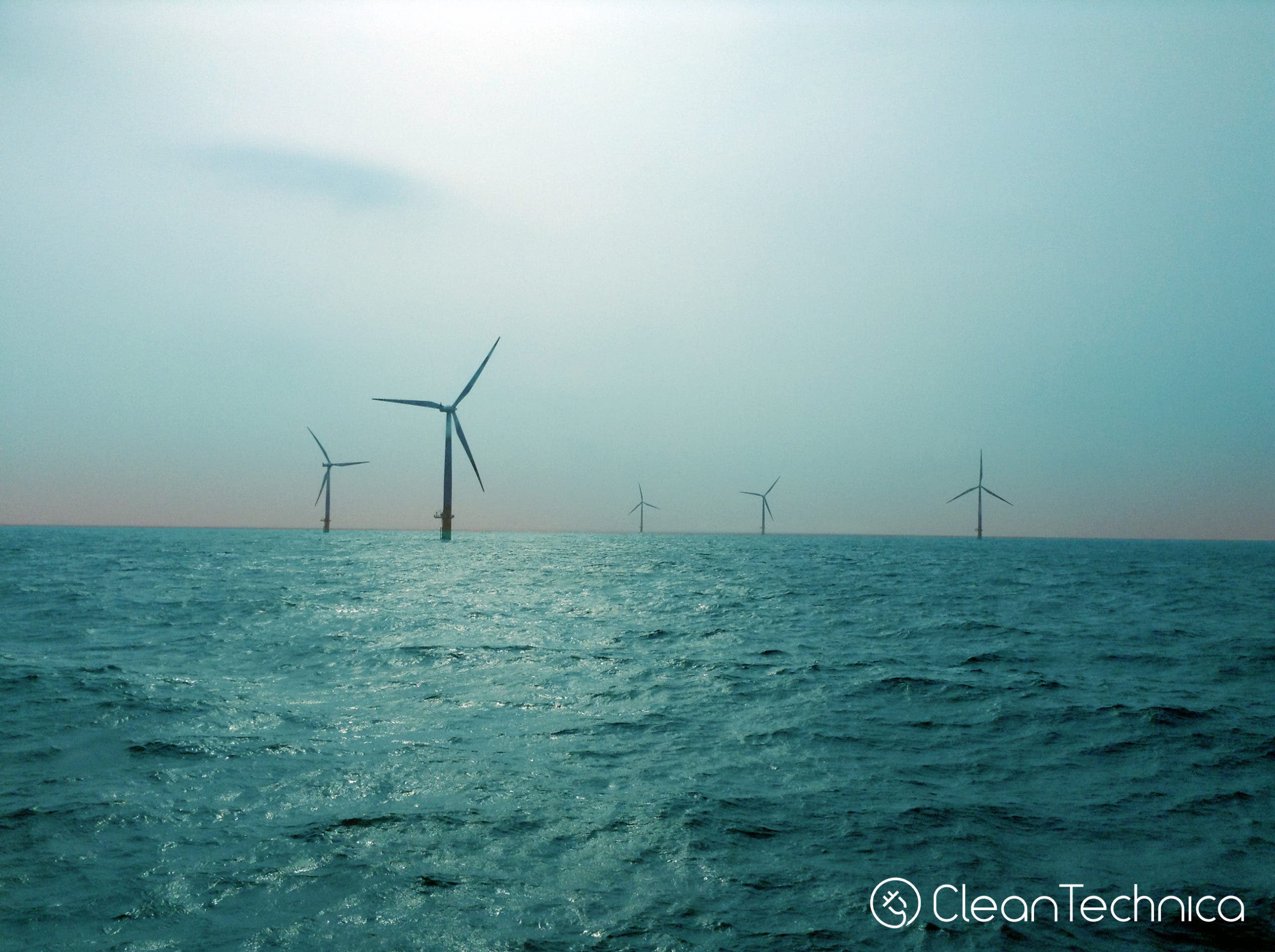December 3rd, 2020 by Guest Contributor
Courtesy of Union Of Concerned Scientists.
By John Rogers, Senior energy analyst
The first large-scale offshore wind farm in the United States may use the largest wind turbine in the world. Here are a few ways to think about what all that might mean.
The developers of the Vineyard Wind project off Massachusetts have just announced that they’ll be using GE wind turbines — specifically, the GE Haliade-X. That turbine recently got a capacity upgrade, from a world-leading 12 megawatts (MW) to a world-leading-by-even-more 13 MW.
Those developments got me thinking about both the turbine and the project.
More power, more energy, more impressive
First, the turbine:
- More power — A 13 MW turbine would be 37% more powerful than the 9.5 MW turbine that the Vineyard Wind project might have used (the first of which got deployed earlier this year in Europe), and more than double the 6 MW turbines installed off Block Island, RI, several years ago, and off Virginia earlier this year.
- Greater yield — 13 MW means that a turbine going full out could produce 312 megawatt-hours (MWh) in a day (and indeed that’s what the prototype, installed in the Dutch city of Rotterdam, has just done, according to GE). That’s 8% more power than the record set not long ago by the 12 MW version.
- Long blades — At 107 meters, each blade of the 12 or 13 MW turbine (they’re the same size) is long enough to stretch on a football (American football) field from one goalpost to just shy of the other.
.@GErenewables #HaliadeX #offshorewind turbine just set a(nother) 🌎 record: the prototype in Rotterdam produced 312 MWh in a single 24hr period, breaking previously record of 288 MWh in a single day ⚡. 1 spin of a Haliade-X 13 MW could power a UK household for more than 2 days pic.twitter.com/zGXT7gtFpT
— GE Renewable Energy (@GErenewables) November 11, 2020
A home’s daily energy in 7 seconds
Hearing that 312 MWh number got me thinking about how much electricity the average home uses in these parts, and wondering how it compared. So I did the math: At full power, a turbine that size could cover a whole household’s daily electricity needs in under 7 seconds.
Sure, not every day is that windy, you’d lose some energy transmitting it from the turbine to the home, and you’d need storage to use it the other 86,393 seconds of the day. (So I wouldn’t recommend this approach for DIY home power…)
But still: 7 seconds.
The manufacturer itself offers another way to make the comparison between turbine and home: A single spin of the turbine, says GE, “could power a UK household for more than 2 days.” While specifying “UK” is important, because of their lower per-home electricity use, the math still works out to a single spin of the blades generating enough energy for a day for the average home in at least the 10 or 12 most efficient states in the US.
Fewer turbines, fewer foundations, less area
Second, the project perspective. Upgrading to a turbine that size has a few important implications:
- Fewer turbines — That math is pretty simple: An 800 MW project would need 84 of the 9.5 MW turbines (or 133 6 MW turbines). If the project ends up with a 13 MW model, the turbine count can drop to 62.
- Fewer installations — Fewer turbines mean commensurately fewer turbine sites, fewer foundations, and less of everything that comes along with having to prepare and install them.
- Less area — And, if the turbines keep the same spacing — which would seem possible, since they and other developers had already agreed to a spacing of 1 by 1 nautical miles, more than the turbines required — that could allow the project to fit in less area, with a footprint potentially a quarter smaller. That might also mean shorter cabling connecting it all.
More momentum
Even in this troubled year, I’ve seen a lot of cool stats about clean energy momentum — new technology, new records, even better economics. But even within that august body of news, these developments are noteworthy.
Next steps for making it happen include the Vineyard Wind project getting through the federal permitting process. Included in this week’s announcement was a statement that they’re pausing things at their end, to “allow the project team to conduct a final technical review” associated with the turbine upgrade. But that pause should be brief, and the project is still aiming to start the clean electricity flowing in 2023.
In the meantime, visualize turbine blades spinning, and count to 7.
Related: Offshore Wind: Latest News on Turbines, State Action, & Markets from Coast to Coast
Appreciate CleanTechnica’s originality? Consider becoming a CleanTechnica member, supporter, or ambassador — or a patron on Patreon.
Sign up for our free daily newsletter or weekly newsletter to never miss a story.
Have a tip for CleanTechnica, want to advertise, or want to suggest a guest for our CleanTech Talk podcast? Contact us here.


